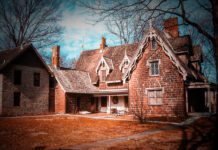
Guest post by R. Ballantine
Newark holds the great distinction of being a very old city, the third oldest inhabited city in the North East in fact, just behind our cross-Hudson neighbor and Boston. From its settlement in 1666 to its current era, about a dozen or so generations have come to be born, live and die within its borders. They left behind their legacies and memories in the monuments and buildings that now survive (when developers don’t get their way that is…). You feel the weight of history, and the lives these structures touched, but unlike other old cities in this country, we seem to lack a different kind of cultural imprint, the one of a paranormal kind.

We know of cities with haunted hotels, cursed homesteads, and secret passages where the shadow that appears by the corner of one’s eye only looks human. Never mind that when one picks up a copy of the eponymous ‘Weird NJ’ book at the local bookstore, the only mention of the supernatural there in Brick City is that of ‘the White Lady of Branch Brook Park’. A ghost story so generic and commonplace across the country, there is even a Wikipedia page on all the different White Ladies of ‘X’ that exist around the world. It is the default ghost story for places not known to be particularly paranormal or whose hauntings have been bulldozed out of existence by Robert Moses wannabes.
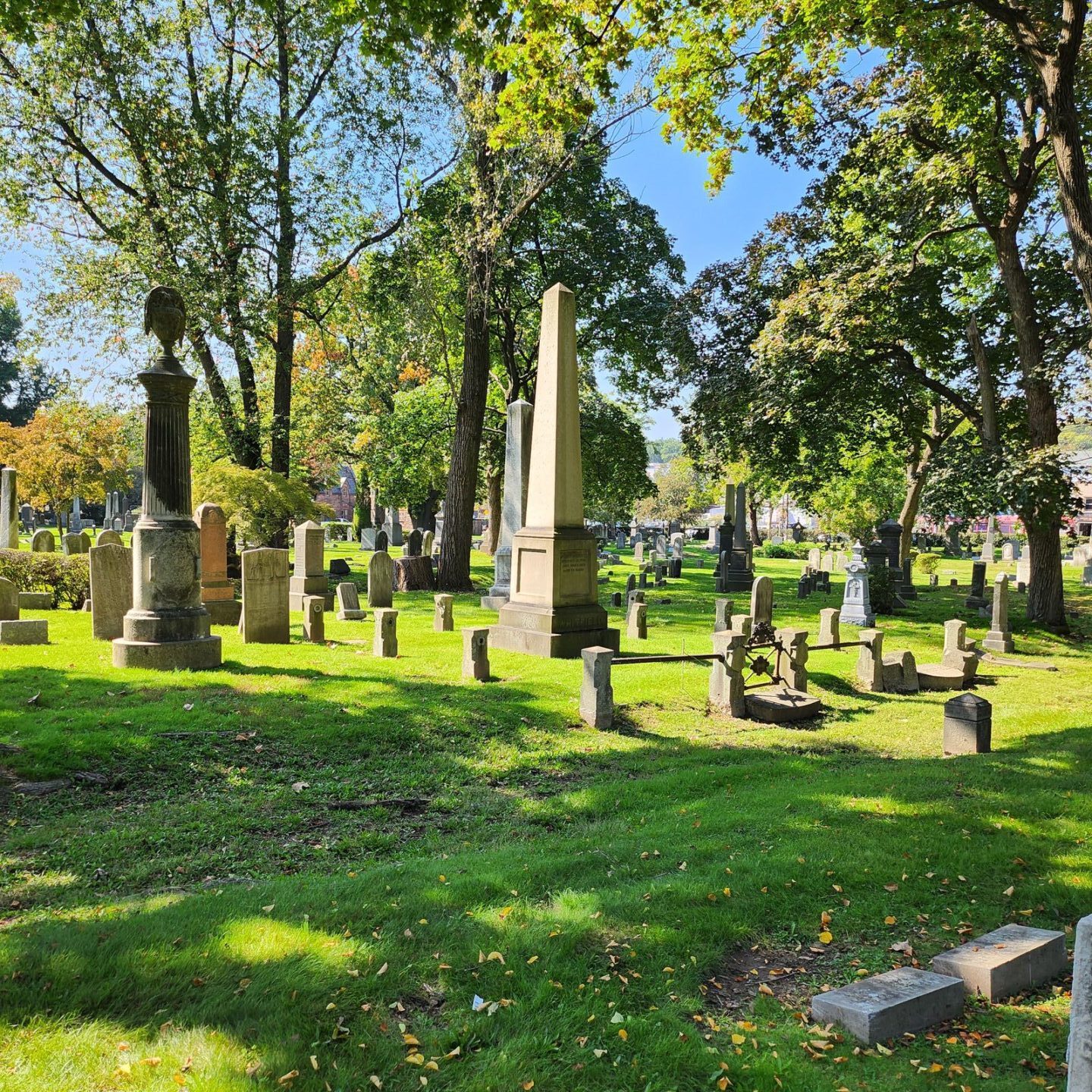
But the tales I’m about to share are real, as legend goes that is… these are the stories that only a few of us know and wish to continue to pass for future generations. And what is most befitting is that they come from one particularly famous place in our city… a final resting place.
Mount Pleasant Cemetery emerged during a very transformative era in the history of Western burial practices. During a time of rapid industrial growth and technological advancement, it was becoming increasingly difficult to provide adequate places to bury the dead. It was common to bury the deceased in church graveyards, but with ever-growing populations and limited space in crowded urban centers, there was an early push to create what were once considered to be ‘suburban cemeteries’ in the outskirts of cities, Mount Pleasant Cemetery being one of them.
As the city expanded northward and incorporated the Village of Woodside in 1871, Mount Pleasant Cemetery gained the reputation as being the location where New Jersey’s rich and powerful chose to make their final resting place, building grandiloquent mausoleums and cenotaphs to forever memorialize that they were once leading figures in our city and state.
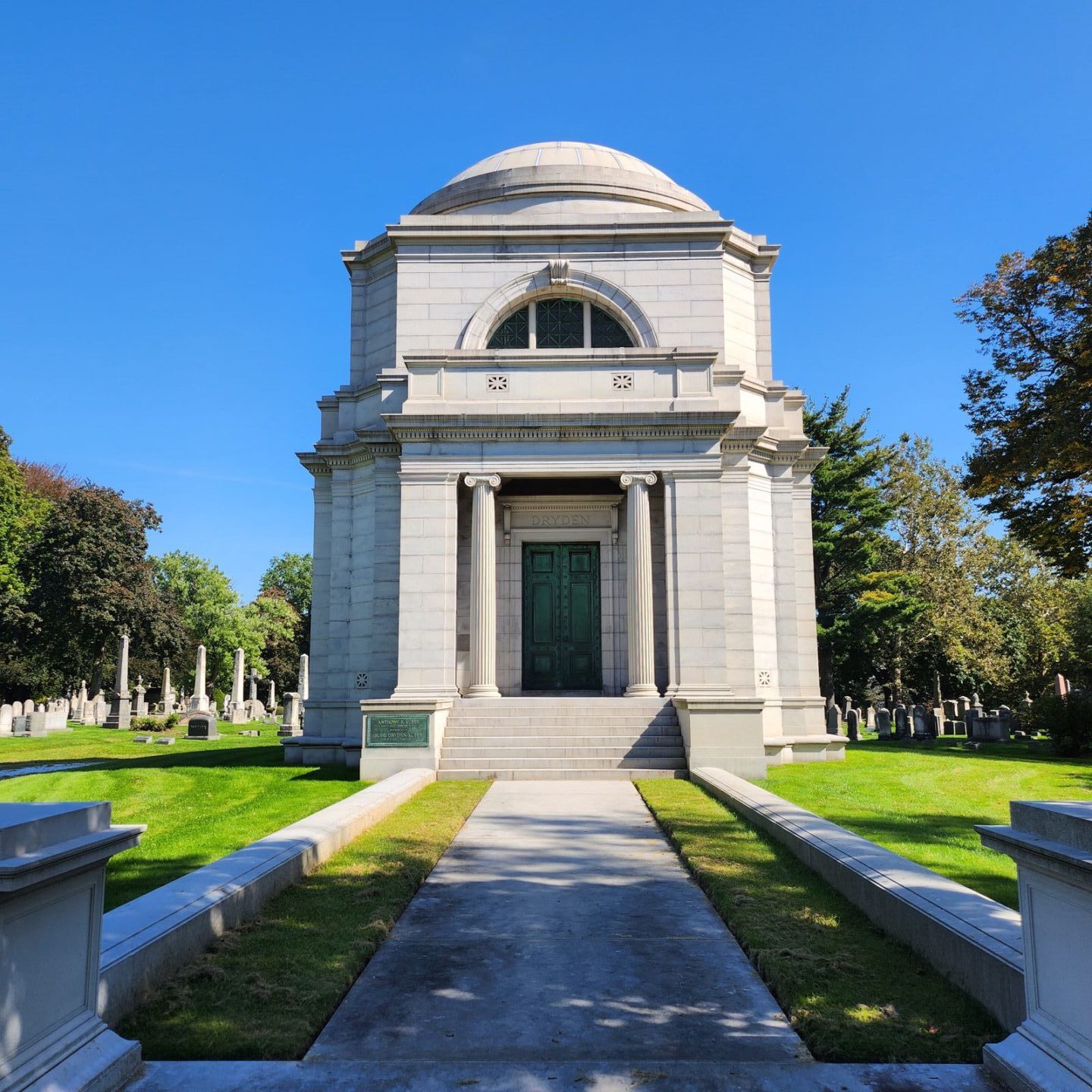
The cemetery’s bucolic and picturesque grounds (now lovingly restored) borrowed heavily from European sources such as the great country estates of Britain, with sprawling lawns and picturesque pavilions dotting the landscape. Before the creation of the great public parks such as Branch Brook, it was just as common for citizens to enjoy their leisure time in the natural tranquility of a cemetery to escape the noise and pollution of city streets. In an era where death and disease were always omnipresent, it did not feel out of place to take your beloved out on a picnic amongst the headstones, or to lounge by the shade of a tree reading poetry with your departed relatives nearby. The Victorians were goth long before it was fashionable.
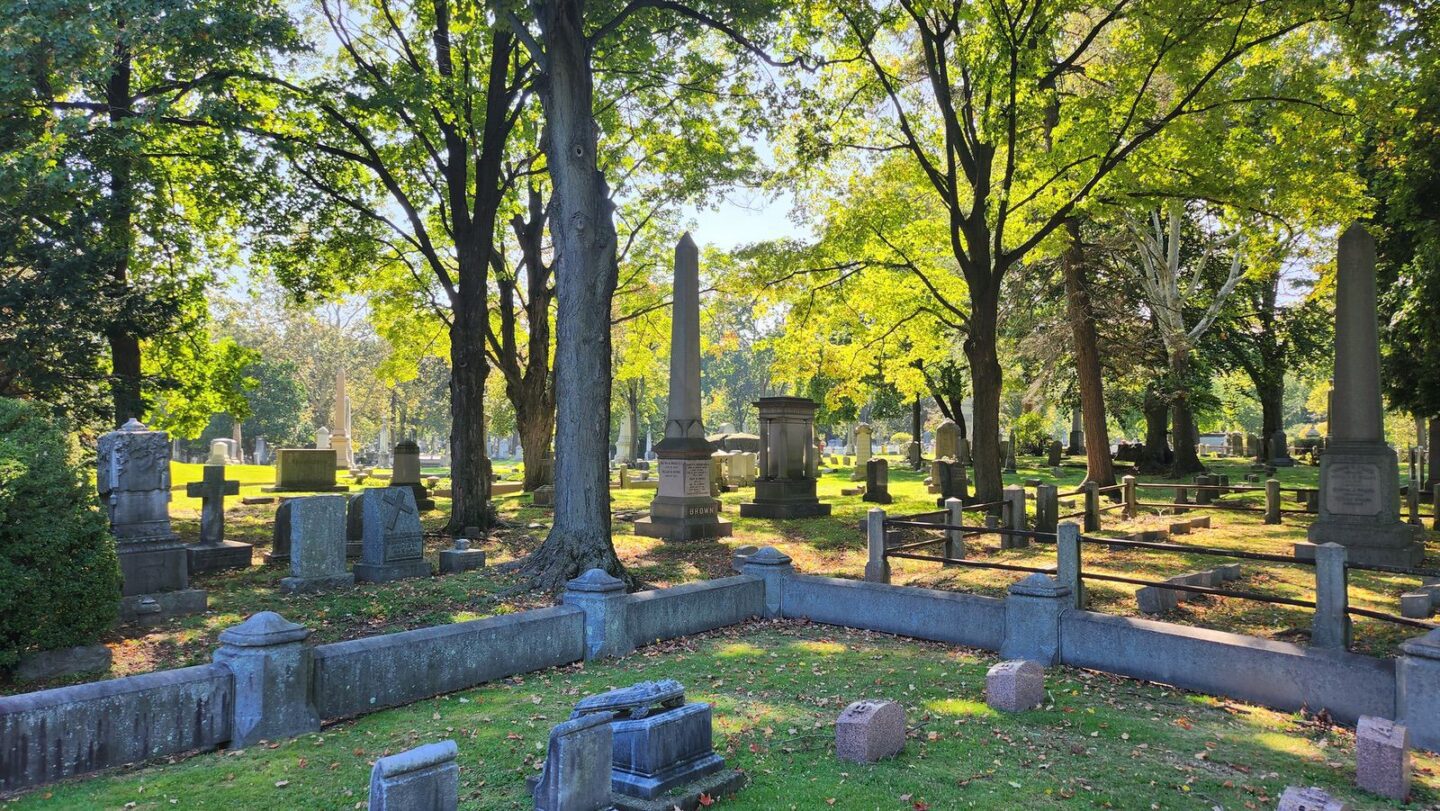
Mount Pleasant Cemetery is still a charming and beautiful place to visit on sunny days in Spring and Summer, but as the sunlight grows dim and night takes its toll, a cold wind blows past you as youthful birdsong gives way to the silence of the crypt. It is then that you may come face to face with the horrors that lurk upon the grounds of this gated neighborhood of the restless and the damned.
During the American Revolution, George Washington had stationed his troops in Newark in preparation for the invasion of our Cross-Hudson neighbor, whose allegiances still lied with the evil empire across the Atlantic. The rebels sustained major losses fighting the red-coats and were unsuccessful in taking control of the Island of Manhattan. But treachery was afoot, a spy was discovered amongst the troops, leaking information to the British about Washington’s tactics. Said spy was dragged to what was then the outskirts of Newark and hung by a large foreboding tree at the fork of Gully Road, and what was not yet called Broadway. This was an inauspicious end, for you see underneath Gully Road were discovered the remnants of Native American skeletons. The road was originally used as a native trail, and the site already had a reputation as a native burial ground in the 1740s. but with the disturbance of the bones, locals reported the sight of ominous shadows moving across the fields on moonlit nights.
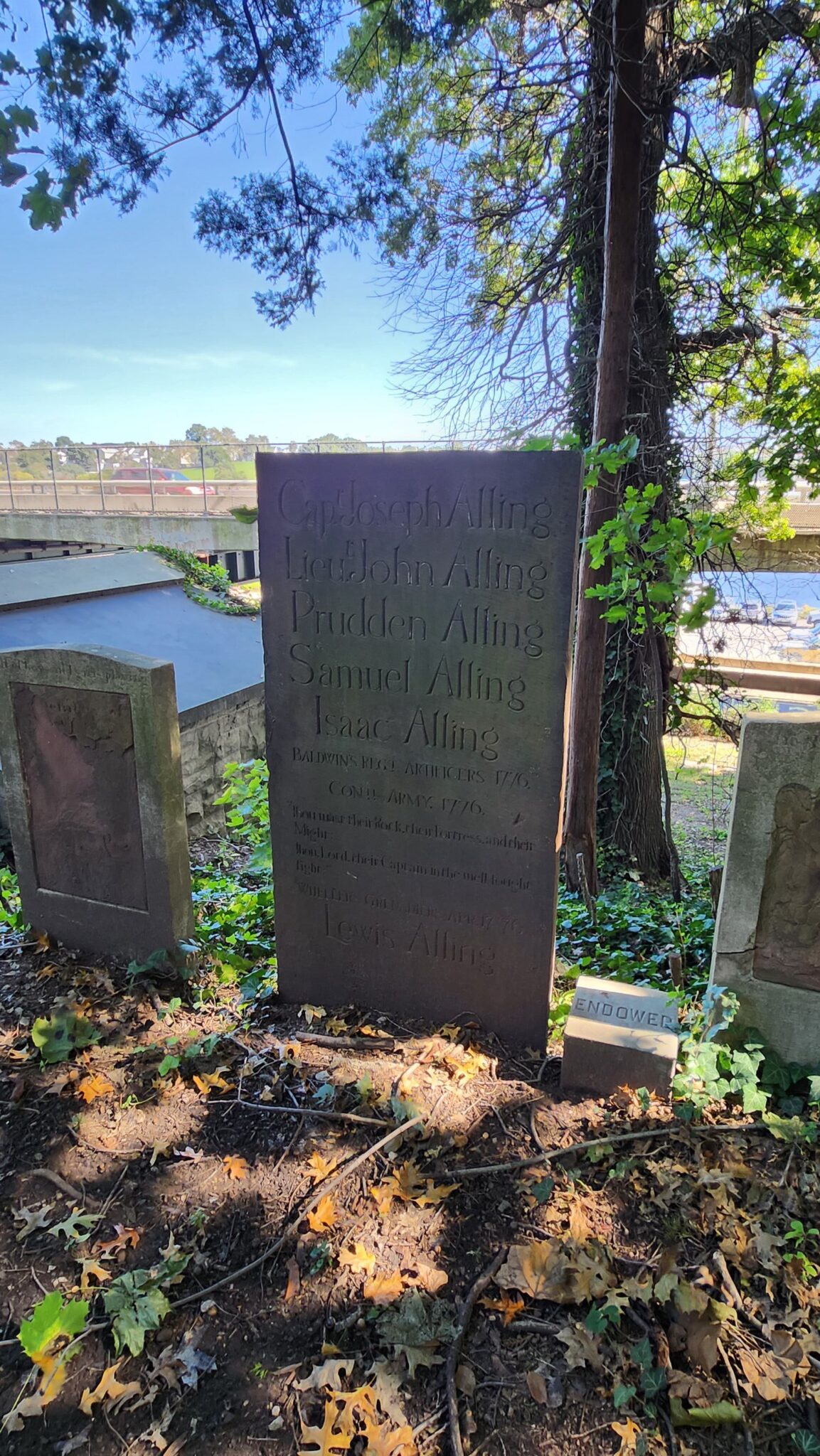
It was said that the sight of a man in military garb would appear standing by the tree where the spy was hung, looking out into the void motionless, before disappearing into the wind. His apparitions disappeared as the city urbanized and the tree was cut down to make way for the perimeter walls of Mount Pleasant. Perhaps he now calls the cemetery home, or perhaps even the spirits suffer from the ravages of gentrification.
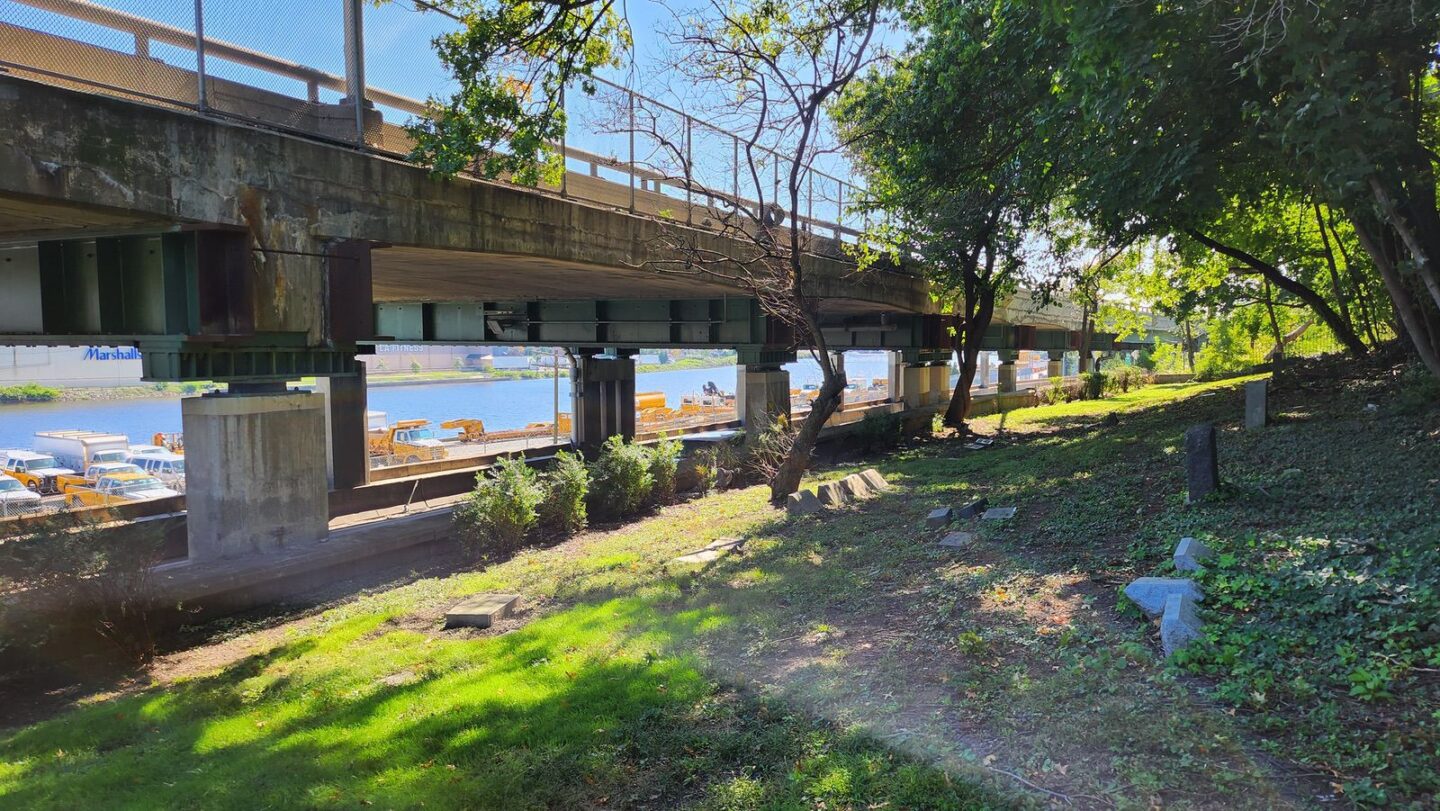
When the Cemetery was opened in 1844, the site had already developed a reputation for being a place where locals would bury their dead, but there was no more infamous a death than that of the witch that lived on the grounds where the cemetery now sits. Her body had already been buried on the site; she informally became the cemetery’s first ‘official’ resident. It was said she would walk about her domain at night communing with the demonic spirits that swarmed about her house, looking for plants and specimens for her potions, and kidnapping travelers who found themselves wandering on her property during the night.
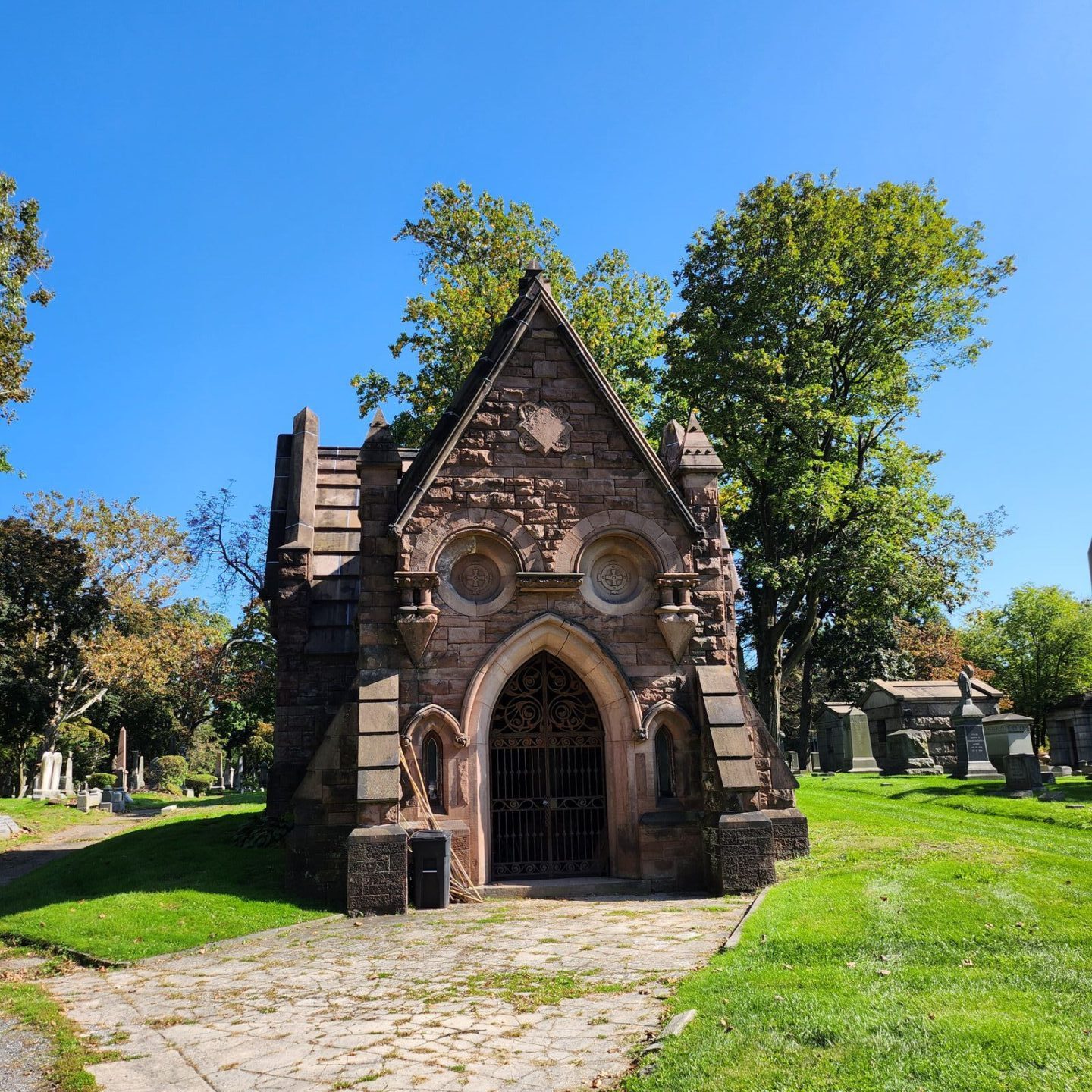
The locals of Woodside would lock their doors on moonless nights and forbade their children from walking through the woods by Old Mol’s house. Those who did not heed the warnings were said to have walked into the darkness, only for a horrifying shriek to echo out, never to be seen again. The residents called to have the old witch burned at the stake, but alas the underworld consumed her life before the flames ever would. She was buried beside her house, and 70 years later the cemetery was built around her.
In the early years of Mount Pleasant’s life, there were no wrought iron fences around the property, instead a tall wooden fence stood. Reports would come forth of carriages beside the fence at night where cadavers were being stolen from their graves to be sold to medical institutions. But others claim it was nothing more than Old Mol De Grow wandering the ground of her former territory, looking for fresh corpses to bring back to her demonic friends to feast upon as they did so long ago.
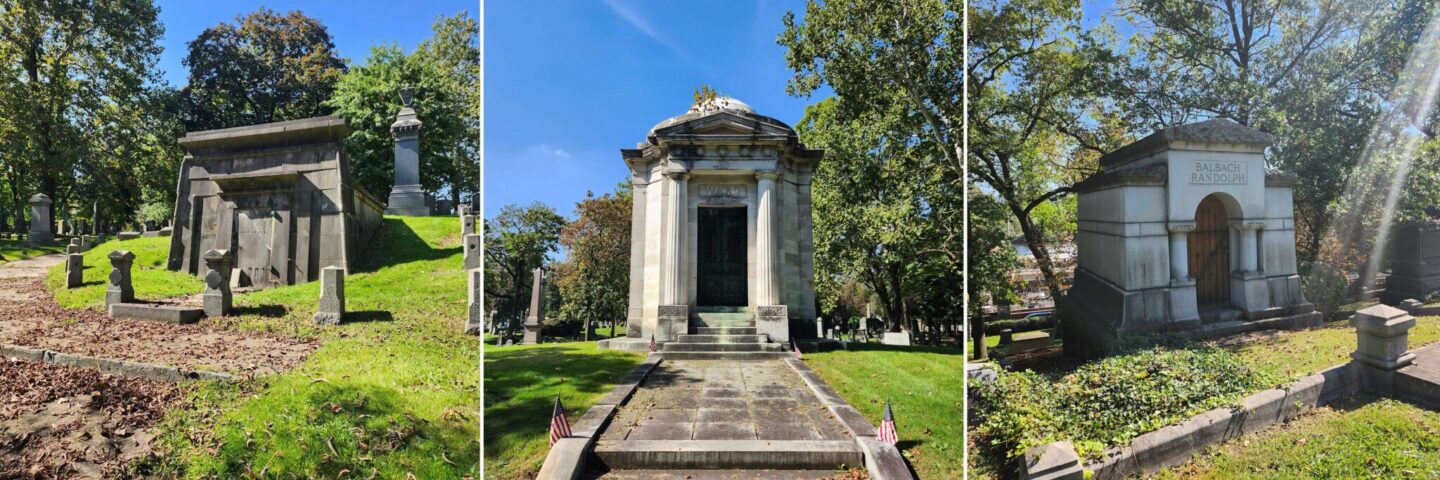
Old Mol de Grow, a walking corpse herself, stalks the cemetery at night looking for bodies, alive or dead in her black burial shroud, her long white hair covering her rotting face. Some foolish young men throughout the years have tried to enter the cemetery at night looking for the old hag, but the story forever repeats itself… they enter the darkness, a shriek echoes in the wind, and they’re never seen again.
John Thompson had survived many a horrible storm as a sailor, his experience at avoiding death at the hands of a swirling ocean made him enjoy his time on land, at his home in Belleville by the shores of the Passaic River. It was 1868, Newark was becoming a major port whose ships docked along the Passaic both upstream to the factory mills of Paterson and down river into Newark Bay and the Atlantic beyond. At the time John worked for a Mr. Melius, who had the unusual habit of taking the long way round from Newark to Belleville at night rather than taking the more direct route along the river, passing through Old Gully Road. Mr. Thompson didn’t think much of it until one night, he came across a former river Captain he apprenticed under, Captain Nichols.
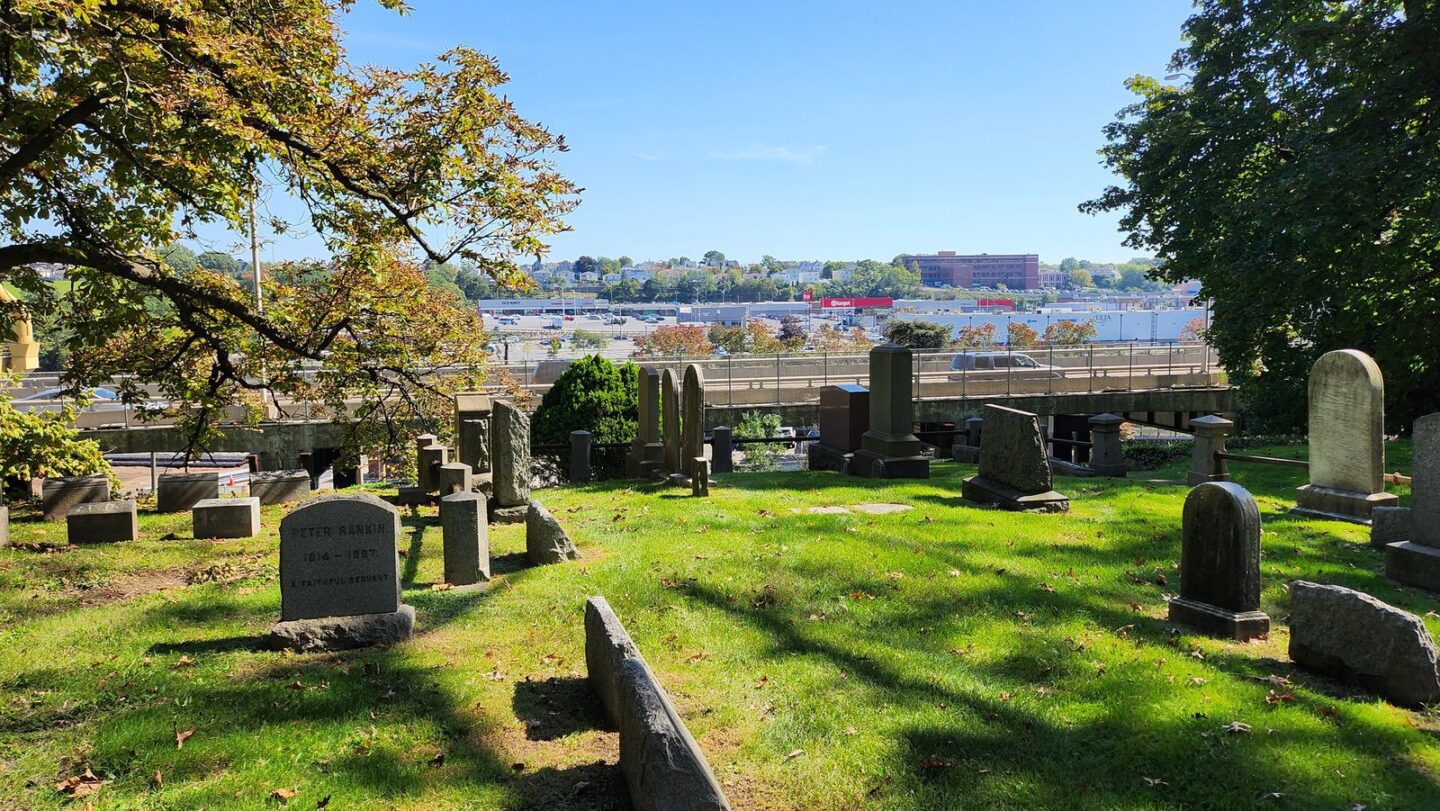
The gruff old Captain had a reputation of being the foulest-mouthed sailor in Newark Bay, his mastery of profane language was comparable to Shakespeare’s mastery of English. So, one fateful day, Captain Nichols found himself unable to get his schooner off to the river and upon encountering John, both decided to head home back to Belleville on foot. The sun was beginning to set, and a storm was developing on the horizon. They chose to take the direct route home, walking along the Old Gully Road. Captain Nichols walked ahead with John following behind him. As they made the turn entering the road, under the canopy of large overhanging trees, the storm finally began to bear its rage upon the two men. At first the rain and wind did not strike a nerve at the experienced seamen; they had endured worse. But the further they walked along Old Gulley Road, the darker the sky seemed to get and the more violent the storm grew. If not for the occasional lighting strike, they would have been in complete darkness.
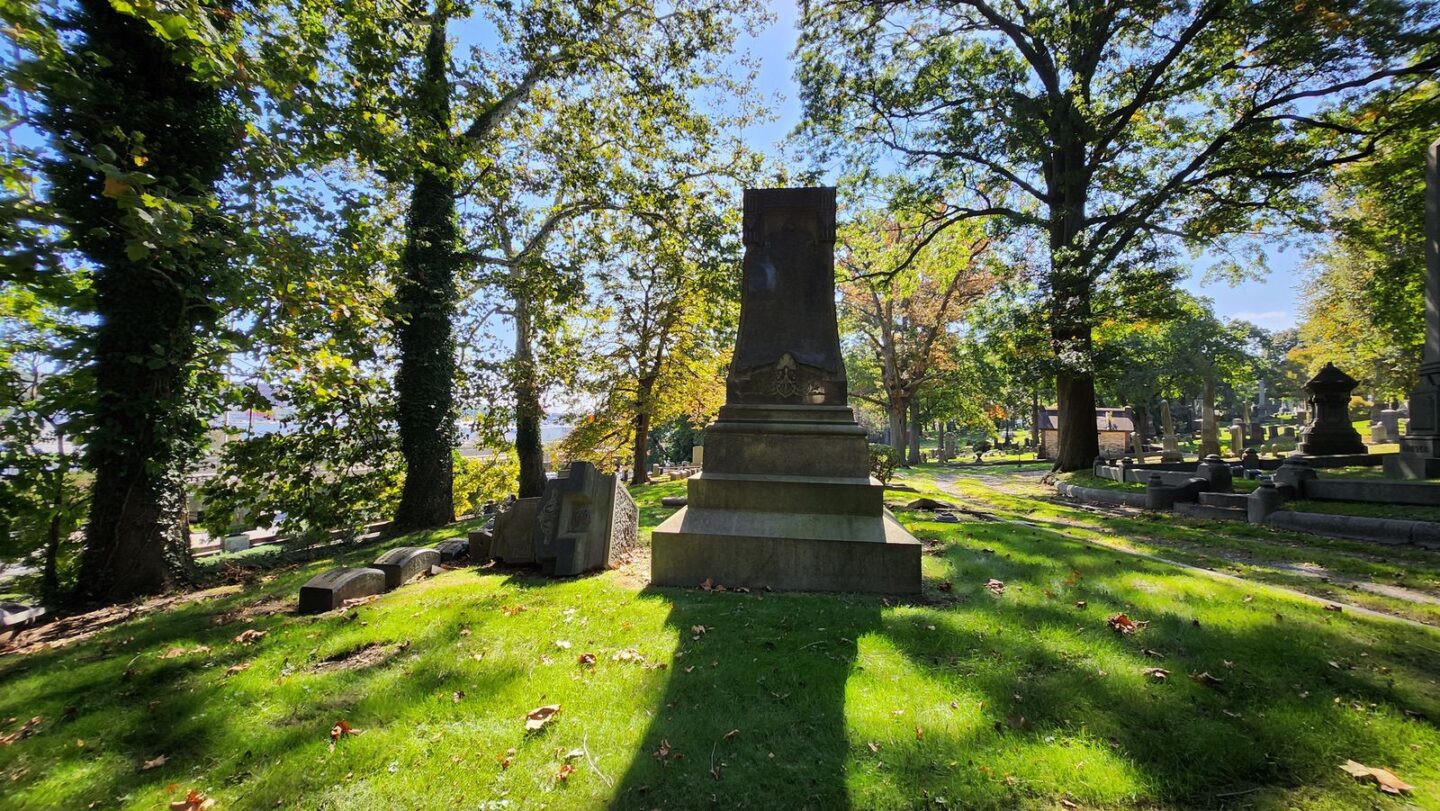
At one point, Captain Nichols had finally lost his nerve and began cursing at this unrelenting tempest, from his mouth sprung forth a torrent of cursing obscenity. His vast vocabulary spewed out onto the wind and rain, a veritable dictionary of slurs, insults, slanders, and profanity… as if hurling insults onto the storm was the only way to compete with its savagery. As John followed the captain’s voice, he began to hear laughter coming from in front of him. It was so dark and the storm so vicious he assumed the laughter was coming from the captain. But as John looked up in the captain’s direction, a lightning bolt lit up the sky and he realized there was someone walking between them.
The figure was wearing what appeared to be clerical robes, but their cloak was not drenched by the rain. As the cursing continued the laughter grew more intense, a second lighting strike lit the night, and the figure rapidly began to be consumed by flames as his laughter grew wilder and more maniacal. The captain turned back to see where this laughter was coming from, thinking John had been rendered hysterical. A third and final lighting strike illuminated the night, the mysterious figure screeched with lecherous glee as both men gaped in horror at this figure walking on cloven hooves. It was the devil himself, cackling before them.
John Thompson and Captain Nichols raced through Old Gulley Road out of sheer adrenaline-fueled terror. Only when they finally reached John’s homestead in Belleville did both men collapsed upon the floor out of exhaustion, with the laughter of the Prince of Darkness echoing through the wind and rain. And to think those Pineys are scared by the sight of a goat, bat, horse thing… Clearly the Devil prefers the Brick City over the Hill-Billie’s.
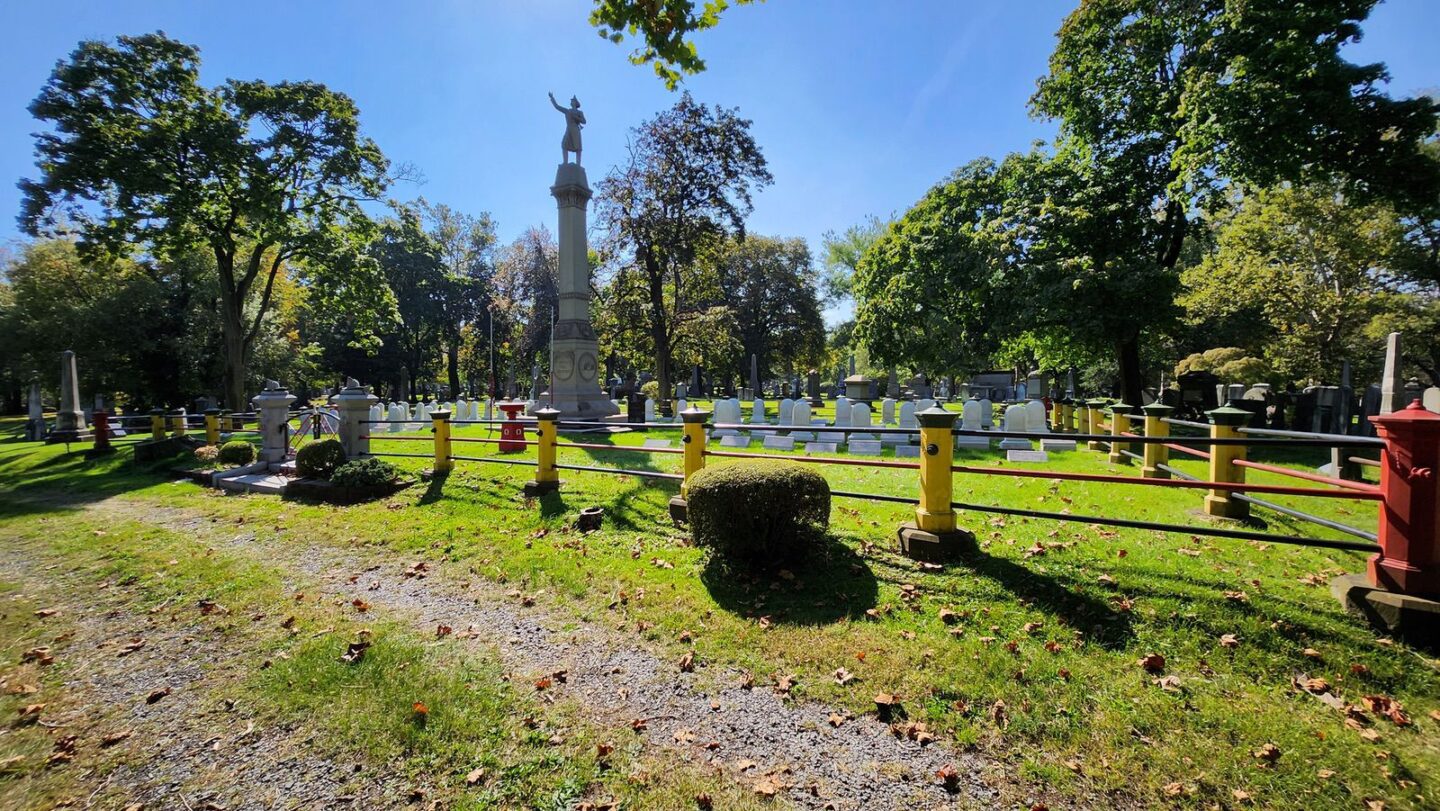
And that my fellow Newarkers… is how you create a lore about a city that was eponymously founded in 1666. Though I can’t take credit for these stories myself. I would like to thank a good friend of mine, Henry William Herbert for telling me these stories about the site of Mount Pleasant Cemetery. In fact, Old Gulley Road was renamed to Herbert Place in his honor. Some of my friends tell me that Herb just likes to weave tales to scare the neighborhood children, but when you’ve been dead for as long as we have, spinning nightmares are just the ticket to making your afterlife more interesting.
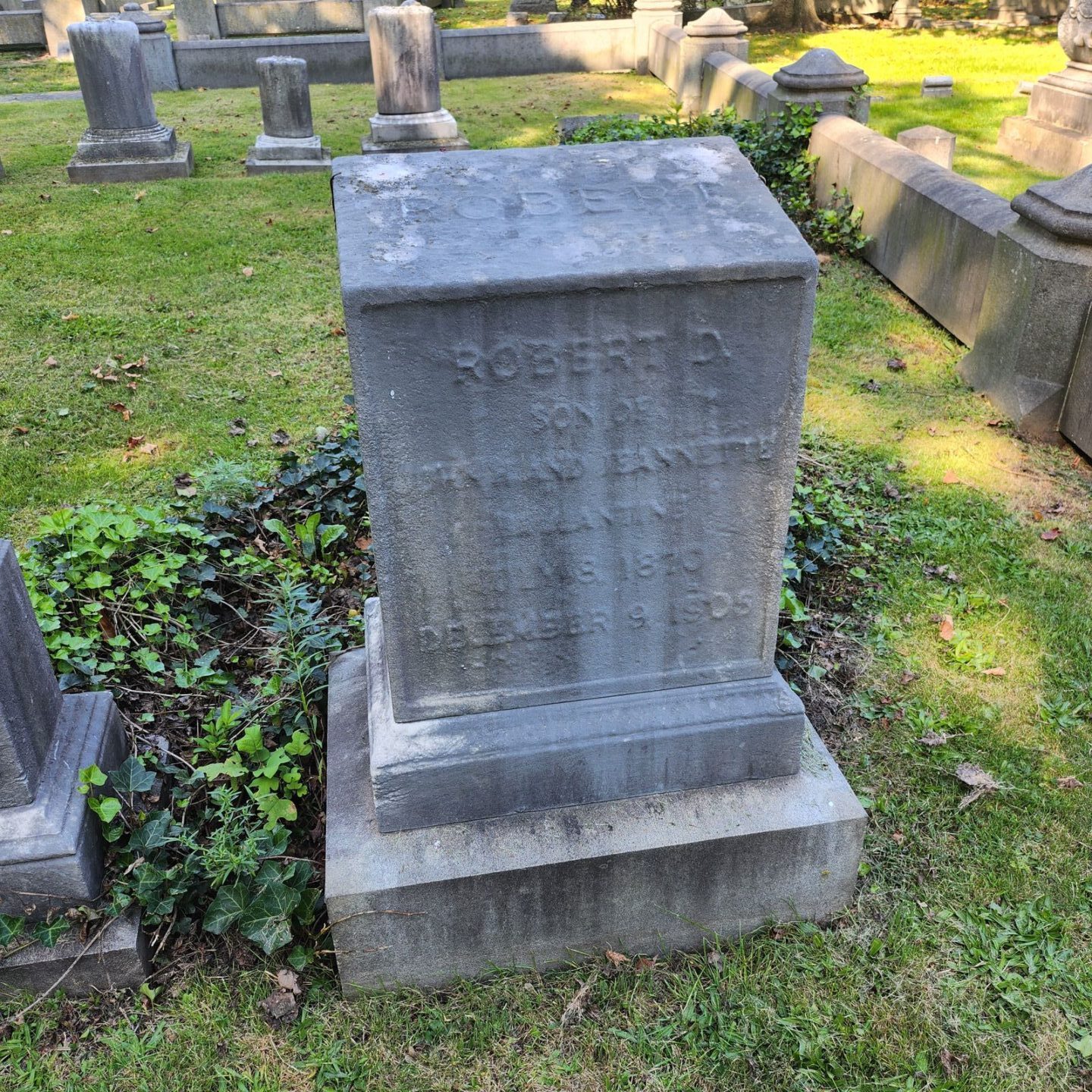
Happy Halloween Newark! And may the only horror you encounter be, a representative from BlackRock lurking through your neighborhood, a stake through the heart should do the trick with those bloodsuckers.
